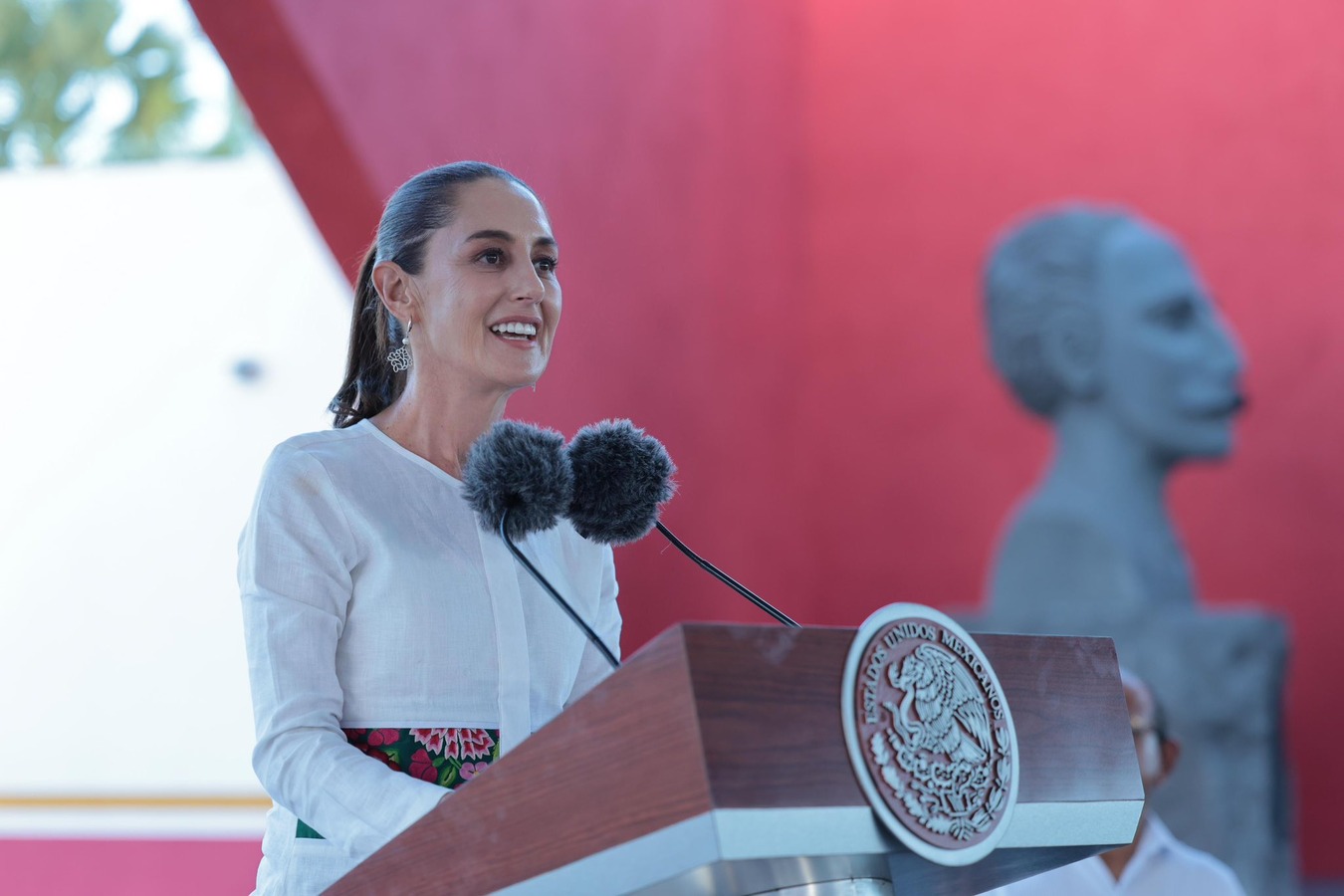Obama's Energy Partnership for the Americas
Obama's Energy Partnership for the Americas
COA’s Director of Energy Policy Nicole Spencer says building a hemispheric energy partnership would be “smart politics” for the Obama administration. Cooperation on energy and climate change issues now could pave the way for enhanced regional relations.
Bantering with his Brazilian counterpart at the White House on March 14, President Obama joked that he’d like to travel to Rio because, as an expert from Hawaii, he understands that Brazilian beaches are “pretty nice.”
If he does take that trip to Rio, he should focus not on the beaches, but on the deep water off the coast, where massive new oil and gas deposits have just been found. He should also look inland, where a globally-competitive agriculture sector is busy exporting more alternative energy than anywhere else on earth. Brazil may well be the next global energy superpower. President Obama surely understands this – the meeting with President Lula was strategic as Obama begins to set the stage for his Energy Partnership for the Americas.
MAKES SENSE
Lula joins Canada’s Prime Minister Harper and Mexico’s President Calderon as the only Western Hemisphere leaders who will have met one-on-one with the new U.S. President prior to the Summit of the Americas in Trinidad and Tobago in April. That makes sense because Brazil, Canada, and Mexico—regional economic powers and important global energy producers—are partners the United States must prioritize as central to the success of the emerging global energy and climate change agenda.
Brazil has been a leader in biofuels for years and is now poised to become one of the world’s largest exporters of oil. In 2007, the United States and Brazil began working together to promote the production and use of biofuels in the region and to advance research on the development of second generation biofuels. As the largest economy in Latin America, Brazil is quickly becoming a global power.
Canada has the world’s second largest proven oil reserves, after Saudi Arabia, and is a significant producer of natural gas—second in the Western Hemisphere. The U.S.-Canada energy relationship includes trade in oil and natural gas as well as integrated electricity markets. The two countries recently announced a new Clean Energy Dialogue to coordinate research on clean energy technology. In addition to being a longtime ally of the United States, Canada has recently made Latin America one of its main foreign policy priorities.
MEXICO
Mexico is also a top supplier of oil to the United States, and the two countries share electricity grids. More importantly, as a NAFTA partner, Mexico is well positioned to join a cap and trade regime with Canada and the United States, something that would likely be a forerunner to a larger cap and trade system in the region. As evidence that it is taking climate change seriously, in 2008 Mexico passed renewable and sustainable energy legislation. In January, President Calderon presided over the inauguration of the largest wind farm in Latin America.
During his campaign, Obama outlined an Energy Partnership for the Americas as a regional approach to sustainable growth and clean energy. Working with multilateral institutions, such as the Inter-American Development Bank and others, the partnership would encourage investment in renewable and alternative energy sources, establish a program for technology sharing, and deploy an “Energy Corps” of scientists throughout the region to help get things up and running.
This focus on energy and climate change issues in the region, in partnership with Brazil, Canada, and Mexico, is right on. These are issues of interest to all countries in the region whether they are small countries trying to increase their energy security, big economies that want to bring down their emissions, or poor countries seeking markets for the energy they produce. This is true whether governments are led from the left, right, or center.
IN U.S. INTEREST
Supporting regional cooperation on energy is in the United States’ interest. More stable energy partners in the Americas can only increase U.S. energy security. And greater reliance on renewable energy sources in the Western Hemisphere would not just reduce emissions but also provide opportunities for American scientists, engineers, technology companies, and others to offer their expertise and expand to new markets.
An energy partnership in the hemisphere would also be smart politics. This is the kind of initiative that could allow the Obama administration to rebuild relations with our neighbors in the Americas—across the ideological spectrum—and lead to greater cooperation on a range of issues down the road.
The United States is already working effectively with Brazil, Canada, and Mexico on energy. While Obama will not likely be able to bring all countries in the hemisphere into an energy partnership at the outset (and attempting to do so too soon might result in the initiative’s undoing), with Brazil, Canada, and Mexico, he should be able to attract additional willing partners among producing and consuming countries alike. This would be an important and lasting achievement.








